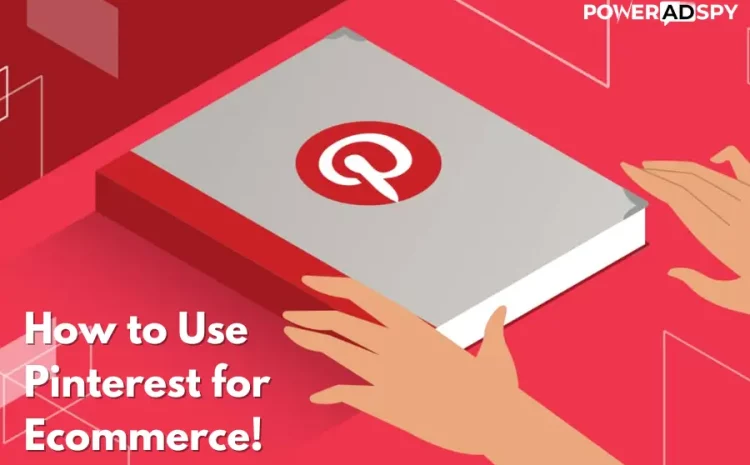How to Use Pinterest For Ecommerce – 9+ Tactics to Boost Your Sales:
Have you ever wondered how to make Pinterest work wonders for your online store? Well, you’re in luck! Pinterest isn’t just a place for pretty pictures; it’s a goldmine for boosting sales.
In this easy-to-follow guide, we’ll walk you through nine super simple tactics to help you optimize your Pinterest ecommerce business. From setting up your profile to creating eye-catching content, we’ve got you covered with all the tips and tricks you need to succeed.
Whether you’re a seasoned pro or just starting, these tactics will help you stand out in the crowded world of online retail. So, let’s dive in and start turning those pins into profits!
Listen To The Podcast Now!
Why Use Pinterest For E-commerce Business?
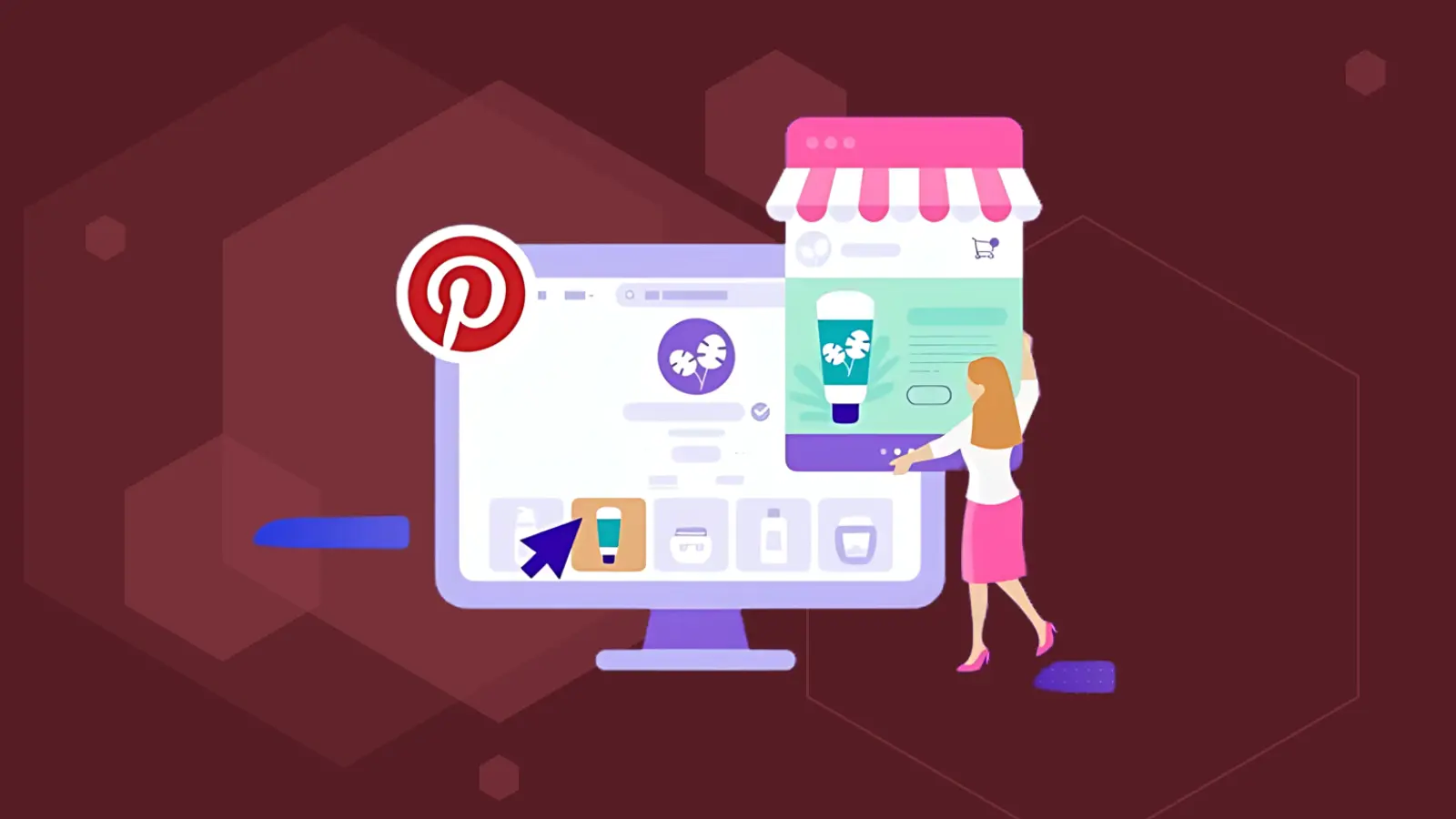 Pinterest could be a powerhouse platform for marketing your ecommerce business. It offers a visually immersive platform that inspires users and drives purchasing decisions.
Pinterest could be a powerhouse platform for marketing your ecommerce business. It offers a visually immersive platform that inspires users and drives purchasing decisions.
Here are some of the reasons showing why Pinterest is a valuable tool for e-commerce:
Visual Discovery:
Pinterest is a visual search engine where users search for high-quality content through images and videos. E-commerce businesses can leverage this by creating visually appealing content showcasing their products in action, allowing users to explore and engage with their brand organically.
Inspiration and Aspiration:
Pinterest users often use the platform to plan for future purchases, gather ideas, and seek inspiration. By curating content that resonates most with their target audience’s interests, preferences, and aspirations, e-commerce businesses can position their products as solutions to users’ needs and desires.
Increased Brand Visibility:
E-commerce businesses can leverage Pinterest’s large user base and advanced recommendation algorithms to boost brand visibility and connect with new audiences. By regularly sharing high-quality content and engaging with the Pinterest community, businesses can attract followers, drive traffic to their e-commerce sites, and expand their customer base.
Targeted Audience:
With over 250 million active monthly users, Pinterest boasts a user base that’s highly receptive to product discovery. A large segment (93%) of Pinterest users use the platform for planning purchases, making them ideal potential customers for your e-commerce store.
Drive Traffic and Sales:
Pinterest could also be a powerful driver of traffic and sales for e-commerce websites. With features like shoppable and rich pins, businesses can make it easier for users to discover and purchase products directly from Pinterest, streamlining the path to purchase and reducing friction in the buying process.
Targeted Advertising:
Pinterest provides powerful targeting options for e-commerce businesses to reach their ideal customers precisely. Companies can tailor their advertising campaigns to specific audience segments, ensuring they show their ads to the right people at the right time by considering demographics, interests, behaviors, and keywords.
Analytics and Insights:
Pinterest provides businesses with access to comprehensive analytics and insights that enable them to track the performance of their Pins, understand their audience’s behavior, and optimize their strategies accordingly. By analyzing metrics such as impressions, clicks, saves, and conversions, e-commerce businesses can refine their content and advertising efforts to maximize their return on investment.
Cost Of Advertising On Pinterest –
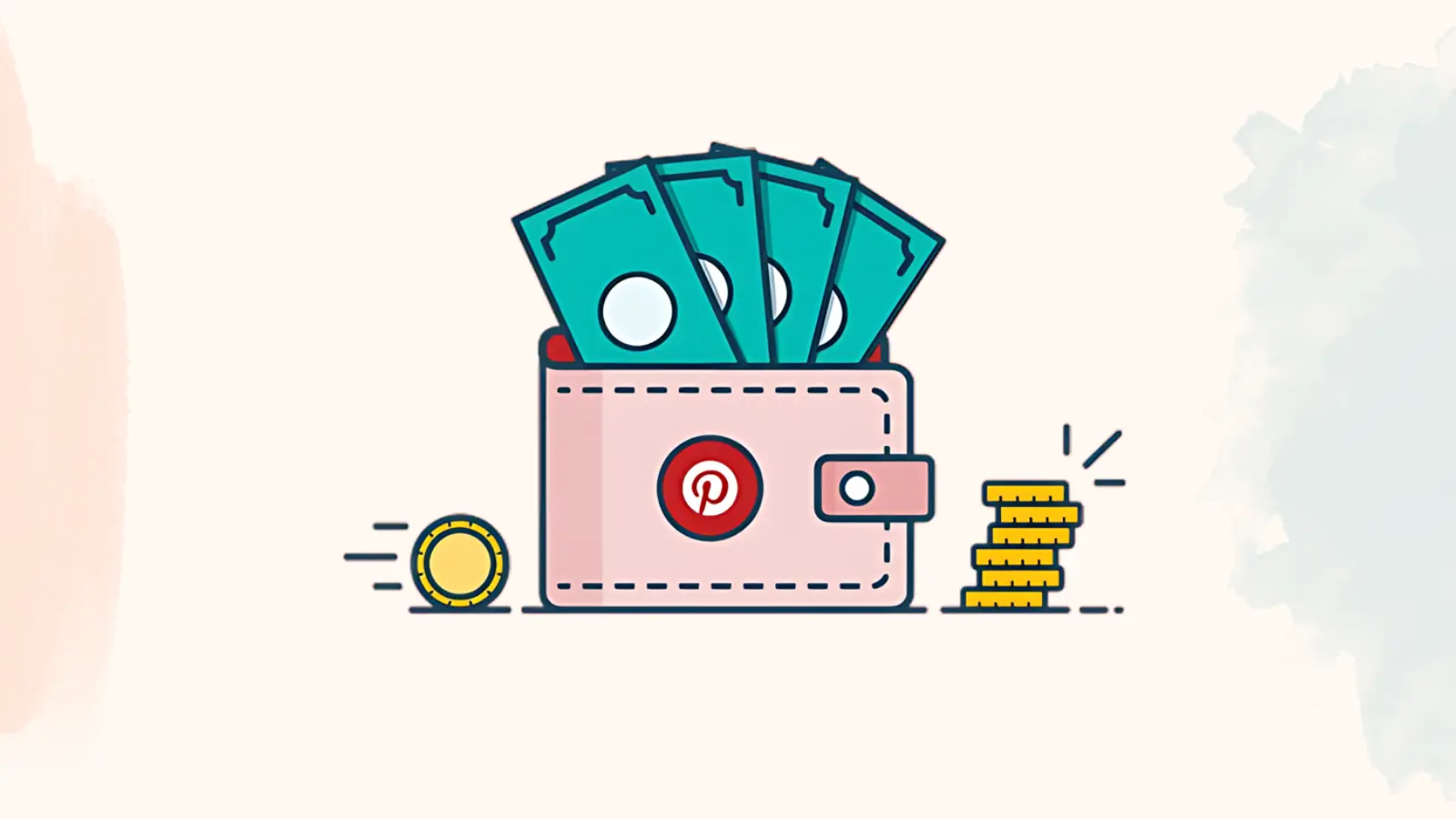 Pinterest advertising costs can vary based on several factors, including your campaign objectives, target audience, ad format, bidding strategy, and the competitiveness of your niche in Pinterest ecommerce.
Pinterest advertising costs can vary based on several factors, including your campaign objectives, target audience, ad format, bidding strategy, and the competitiveness of your niche in Pinterest ecommerce.
Here’s a brief overview of how Pinterest ads costs are structured:
Campaign Objectives: Pinterest offers different campaign objectives, such as brand awareness, traffic, engagement, and conversions. The advertising cost varies based on your chosen objective and the desired user actions.
Ad Formats: Pinterest offers various ad formats, including promoted pins, carousel ads, video ads, and shopping ads. The cost of each ad format may vary based on factors such as placement, format complexity, and creative production costs.
Bidding Strategy: Pinterest allows advertisers to bid on a cost-per-click (CPC) or cost-per-thousand-impressions (CPM) basis. Your bidding strategy will influence how much you pay for ad placements and engagements.
Target Audience: The specificity of your target audience can impact the cost of your Pinterest advertising. Narrowly defined audiences may be more competitive and thus more expensive to target, while broader audiences may offer lower costs but potentially lower relevance.
Competition in the niche: The competition within your industry or niche can also affect Pinterest advertising costs. Highly competitive industries may drive up the cost-per-click or cost-per-thousand impressions for specific keywords or audience segments.
Performance of ads: Pinterest rewards high-quality, engaging ads with lower costs and better placement. If your ads perform well in terms of click-through rates, engagement, and conversions, you may see lower costs over time as Pinterest’s algorithm prioritizes your content.
To ensure your advertising spend on Pinterest is effective, you must establish a budget and closely monitor your campaign performance. Regularly reviewing your Pinterest Analytics and making data-driven adjustments to your campaigns can help maximize the return on investment from your Pinterest advertising efforts.
How to Use Pinterest for Ecommerce: 9+ Tactics to Boost Your Sales –
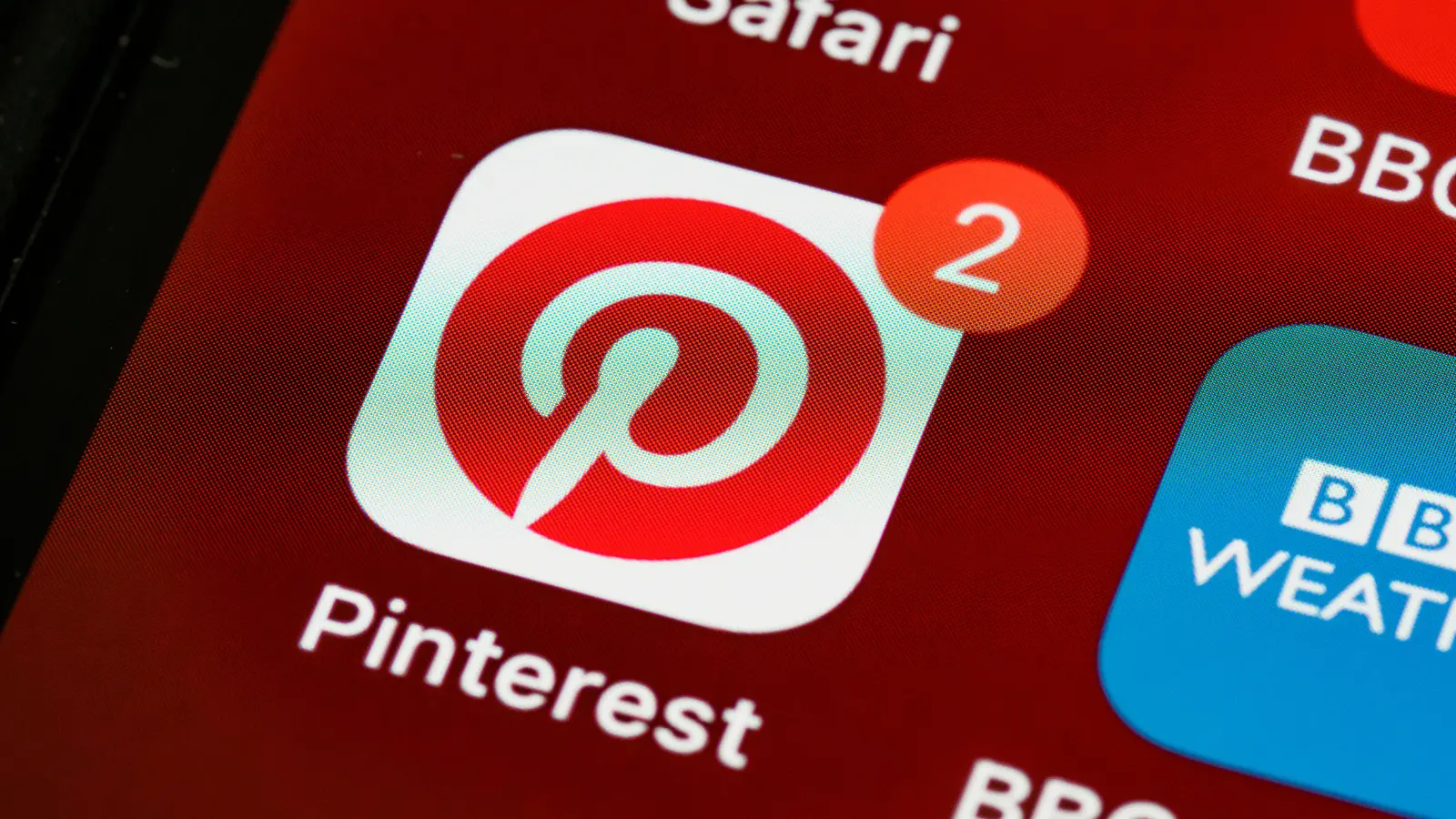 Using Pinterest ecommerce can be an effective way to boost your sales by reaching a visually-driven audience. Here are some tactics to make the most of this platform:
Using Pinterest ecommerce can be an effective way to boost your sales by reaching a visually-driven audience. Here are some tactics to make the most of this platform:
Switch to a Business Account:
A business account offers features tailored for ecommerce, such as Pinterest Analytics, the ability to create Rich Pins and access to Pinterest Ads Manager. It also adds credibility to your brand as users can see that you’re a legitimate business.
Optimize Your Profile:
Use your company name and logo as your profile image. Craft a description rich in keywords that clarifies your business’s purpose and incorporates pertinent hashtags.
Create Boards:
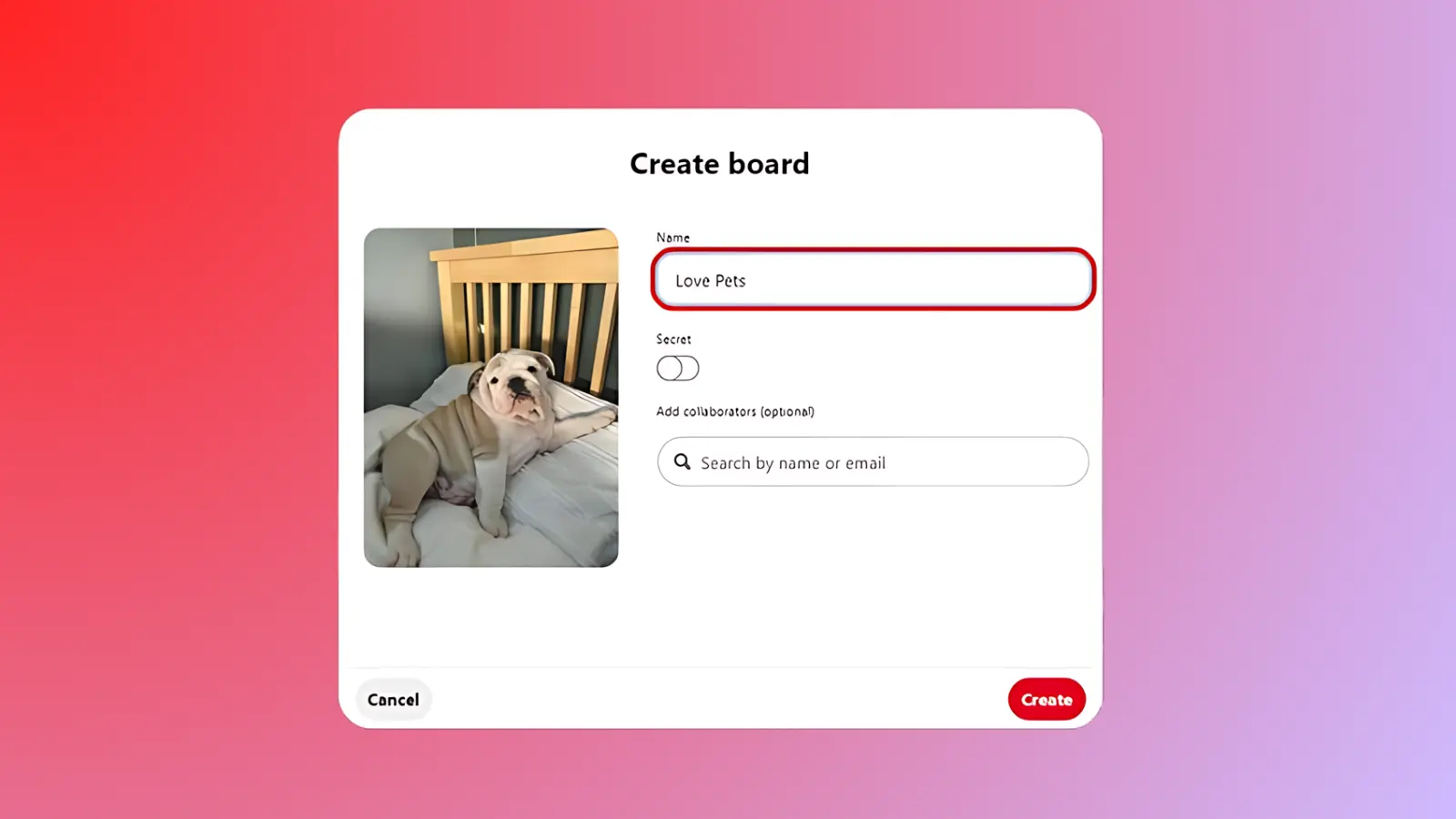 Organize your products into different boards based on categories, themes, or seasons. Make sure to use descriptive titles and add keywords to your board descriptions.
Organize your products into different boards based on categories, themes, or seasons. Make sure to use descriptive titles and add keywords to your board descriptions.
Utilize Pinterest SEO:
Just like with any other search engine, optimizing your content for Pinterest ecommerce search can help improve its visibility. Incorporate relevant keywords into your pin descriptions, board titles, and profile bio to boost visibility in search results.
Pin High-Quality Images:
Pinterest is a visual platform, so high-quality images are essential. Invest in professional product photography to showcase your products in the best possible light for success in Pinterest ecommerce.
Use Rich Pins:
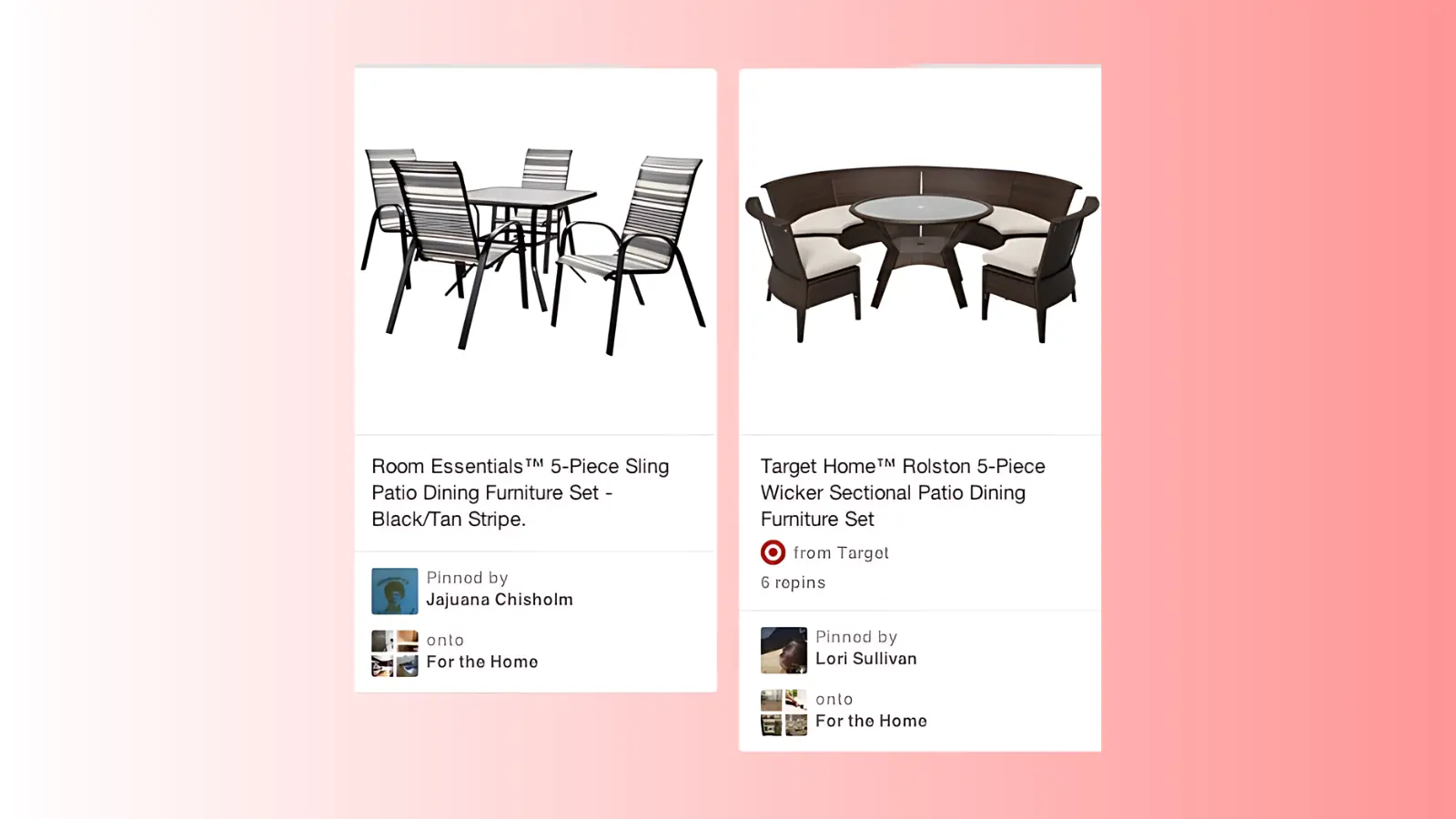 Rich Pins offers enhanced details regarding your products, including pricing, availability, and purchasing options. Activate Rich Pins on your ecommerce site to enhance the shopping experience effortlessly.
Rich Pins offers enhanced details regarding your products, including pricing, availability, and purchasing options. Activate Rich Pins on your ecommerce site to enhance the shopping experience effortlessly.
Run Promoted Pins Campaigns:
Sponsored Pins are paid ads that show up in users’ feeds and search results. Use Pinterest Ads Manager to create targeted campaigns to reach your desired audience.
Utilize Ad Spy Tools for Competitive Insights:
Consider using ad intelligence tools like PowerAdSpy for Pinterest ecommerce to gain insights into your competitor’s advertising strategies. Analyzing competitor ads can help you identify trends, refine your targeting, and stay ahead in the competitive landscape.
Collaborate with Influencers:
Collaborate with influencers within your niche to expand your audience reach. Ask them to create content that features your products and share it with their audience. This approach could be highly beneficial for Pinterest ecommerce.
Engage with Your Audience:
Stay active on Pinterest by regularly pinning new content, repinning others’ content, and responding to comments and messages. Engaging with your audience will help build relationships and increase brand awareness.
Implement Buyable Pins:
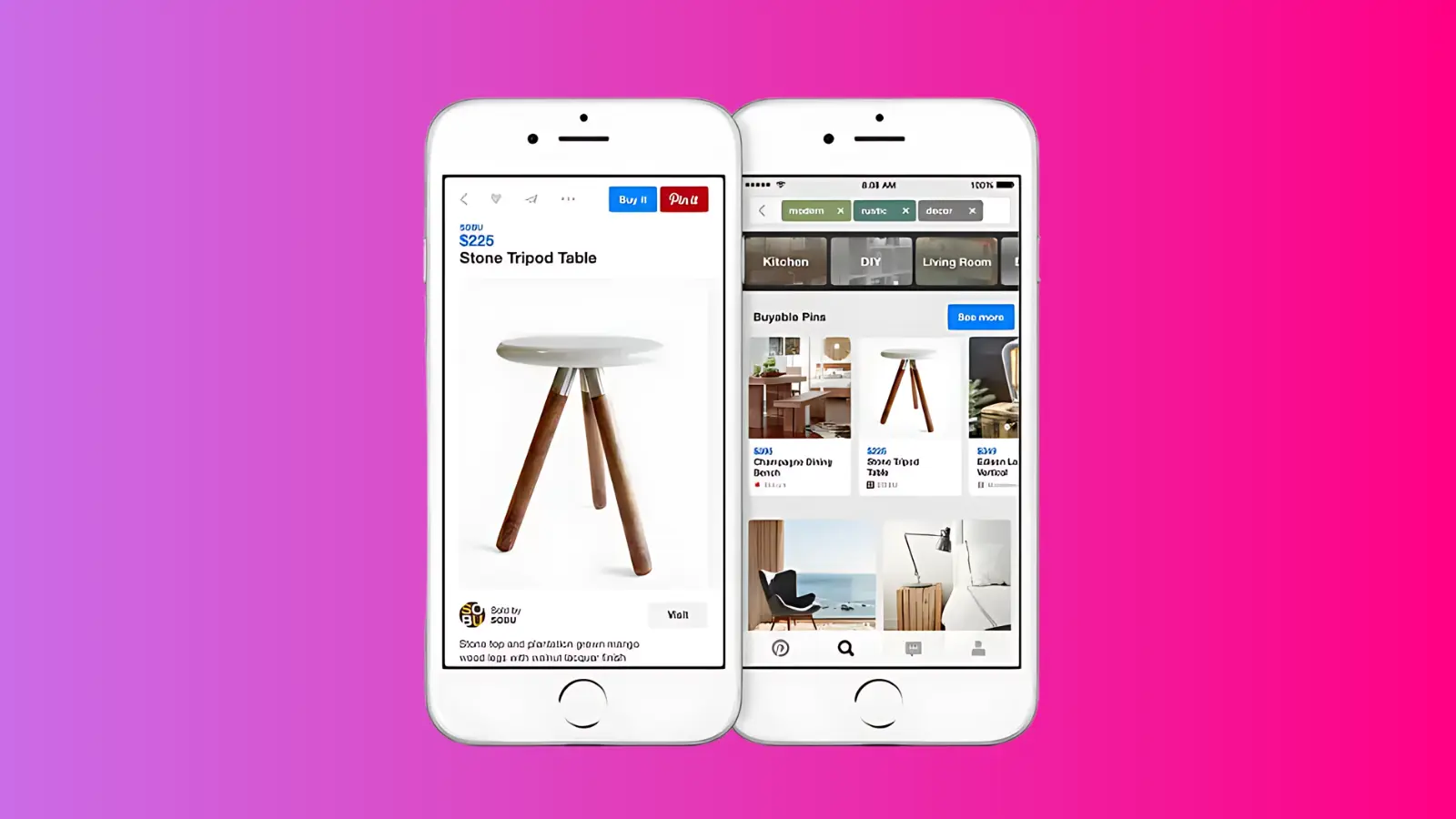 Buyable Pins allow users to purchase products directly from Pinterest without having to leave the platform. Enable Buyable Pins on your ecommerce website to provide a seamless shopping experience for users browsing Pinterest ecommerce.
Buyable Pins allow users to purchase products directly from Pinterest without having to leave the platform. Enable Buyable Pins on your ecommerce website to provide a seamless shopping experience for users browsing Pinterest ecommerce.
Track Your Performance:
Make use of Pinterest Analytics to track the performance of your pins and boards. Pay attention to metrics like impressions, clicks, and saves to understand what content resonates with your audience and optimize your strategy accordingly.
Effectively drive traffic and sales to your ecommerce store using Pinterest by implementing these tactics. Now, let’s see how Pinterest ad spy tool – PowerAdSpy can assist in ecommerce business.
PowerAdSpy For Succeeding in Pinterest Ecommerce –
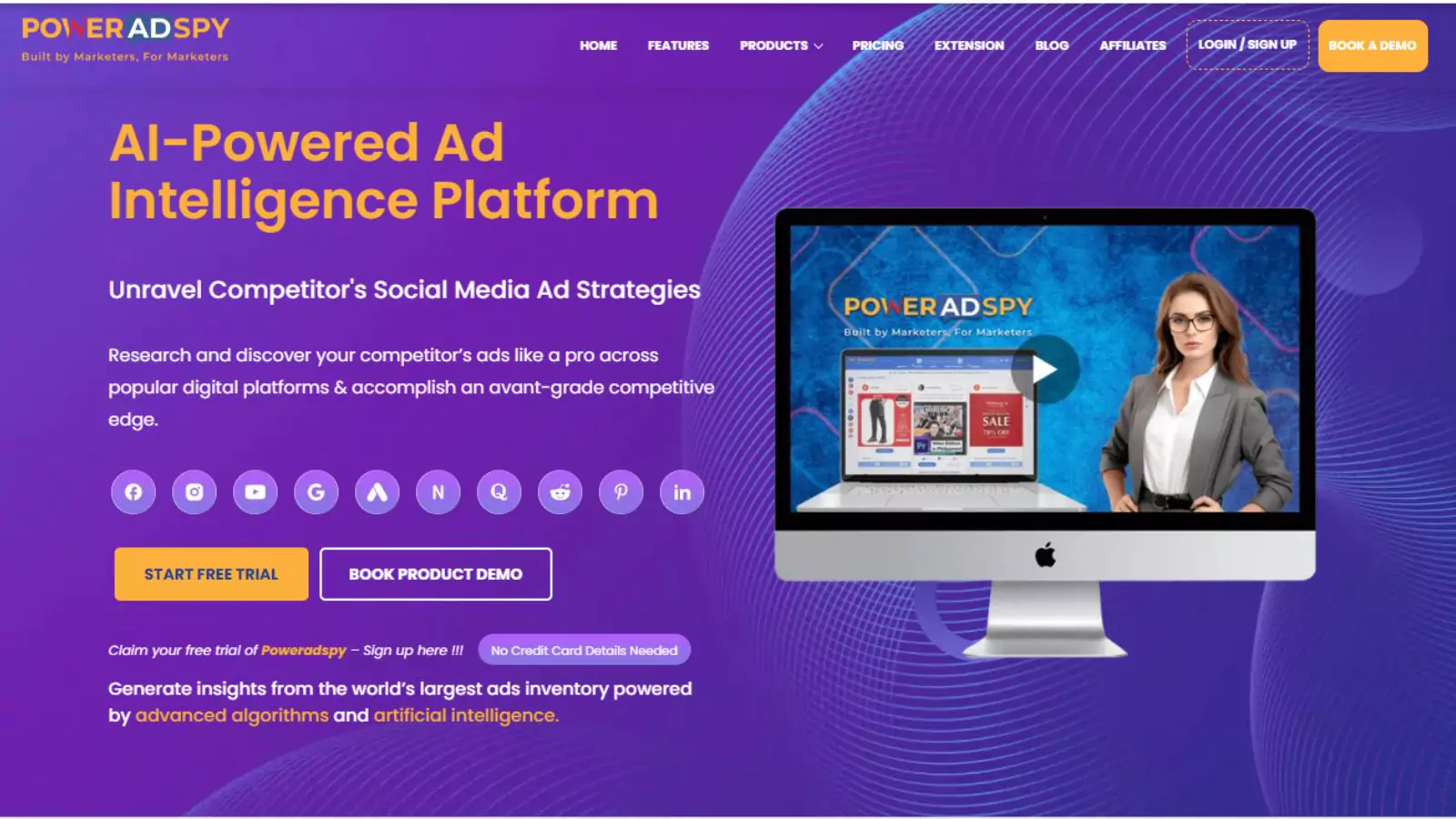 PowerAdSpy is a comprehensive advertising intelligence tool designed to help businesses, marketers, and advertisers gain insights into the advertising strategies of their competitors across various social media platforms. It allows users to monitor and analyze ads across platforms such as Facebook, Instagram, Pinterest, YouTube, Twitter, and Google Ads.
PowerAdSpy is a comprehensive advertising intelligence tool designed to help businesses, marketers, and advertisers gain insights into the advertising strategies of their competitors across various social media platforms. It allows users to monitor and analyze ads across platforms such as Facebook, Instagram, Pinterest, YouTube, Twitter, and Google Ads.
PowerAdSpy can be a valuable tool for Pinterest ecommerce. Here’s how it can assist:
Extensive Database: PowerAdSpy offers a global database, granting access to ad data from all countries supported by Pinterest, which is invaluable for understanding worldwide trends and strategies.
Exhaustive Dashboard: Its comprehensive dashboard analyzes major and minor aspects of Pinterest ads, providing valuable insights into ad performance, audience engagement, and optimization opportunities.
Meticulous Search: With PowerAdSpy, searching for ads based on niche keywords, advertisers, and domains helps e-commerce businesses identify competitors, find inspiration for their ads, and stay updated on industry trends.
Filter Ad Components: It allows strategically targeting Pinterest ads based on components like object, text, brand, and celebrity, helping businesses tailor their ad strategies to resonate with their target audience.
Robust Configurations: Utilizing filters based on country, ad type, and language of ad helps businesses refine their Pinterest ad targeting and reach the most relevant audience segments.
Marketing Networks: PowerAdSpy provides insights into the placement of ads on Pinterest within e-commerce platforms, marketing channels, and marketing funnels, informing businesses where to focus their advertising efforts.
Result Optimization: Refining search results based on the date of the ad can help ecommerce businesses identify the most recent trends, successful ad campaigns, and relevant domains.
Sound Ad Analytics: Accessing detailed ad reports for targeted Pinterest ads through PowerAdSpy provides businesses with valuable insights into ad performance, audience demographics, and conversion metrics.
PowerAdSpy can be a powerful tool for optimizing your Pinterest ecommerce efforts by providing exclusive features.
Also Read:
Best Ecommerce Ads Strategies To Transform Your Business
5 Excellent Tips To Create Best Pinterest Advertising (With Examples)
Pinterest Ads : Why Do Businesses Need It ?
Conclusion:
Tapping into the power of Pinterest ecommerce business can significantly boost your sales and expand your customer base. You can effectively leverage Pinterest’s visual platform to showcase your products, engage with your audience, and drive traffic to your online store by following the tactics outlined in this guide.
On top of that, tools like PowerAdSpy offer valuable insights into your competitor’s advertising strategies, helping you stay ahead of the curve and refine your approach for optimal results. With the right combination of creativity, strategy, and analytics, Pinterest ecommerce can become a powerful ally in your ecommerce journey, driving growth and enhancing your brand’s visibility in the digital landscape. So, implement these tactics, and watch your pins turn into profits!
FAQs: –
Q: Is Pinterest a good fit for all ecommerce businesses?
Pinterest works well for businesses with visually appealing products that can be showcased in creative ways. It’s particularly strong for industries like fashion, home decor, jewelry, and crafts. However, even businesses with less inherently visual products can still benefit from Pinterest by creating mood boards and lifestyle content that inspires users.
Q: How long does it typically take to manage a Pinterest account for e-commerce?
The time commitment depends on the size and complexity of your operation. Strive to consistently pin, aiming for several times daily. You can schedule pins in advance using scheduling tools to save time. Using content from platforms like Instagram for other purposes can also save time.
Q: Can I sell directly on Pinterest?
Yes, Pinterest offers Buyable Pins that allow users to purchase products directly without leaving the platform. This feature is currently limited to a select group of merchants, but it’s becoming more widely available.

